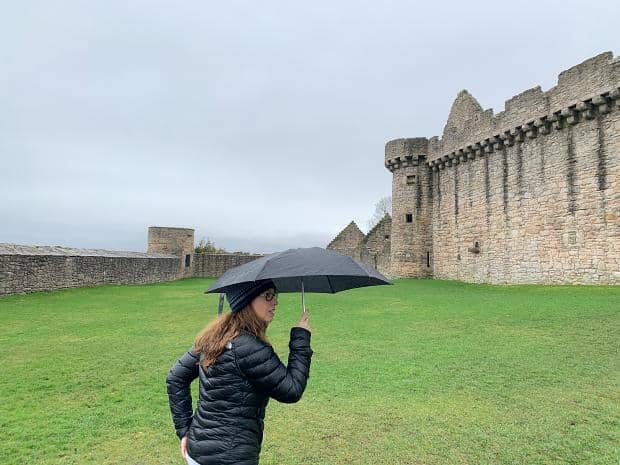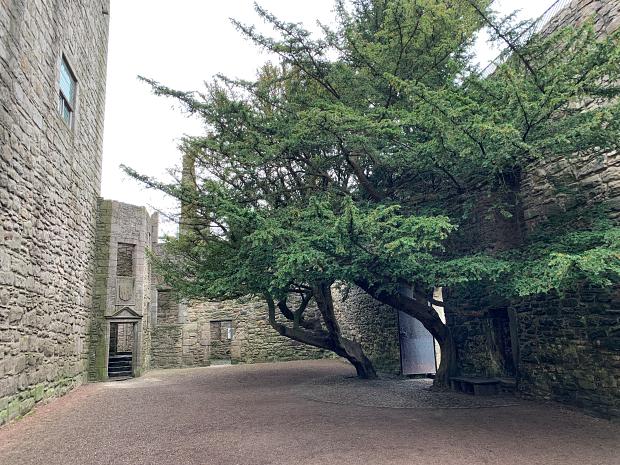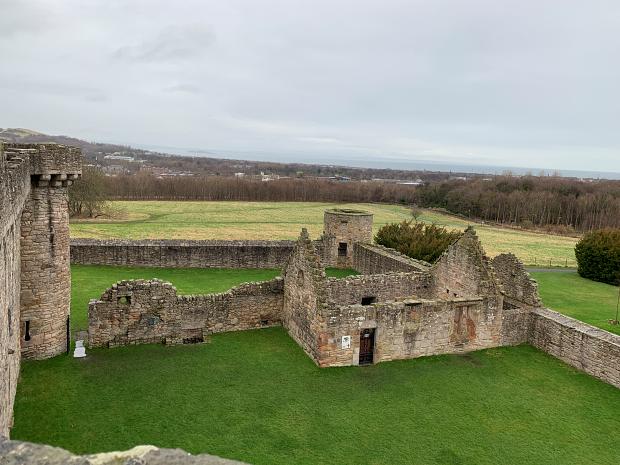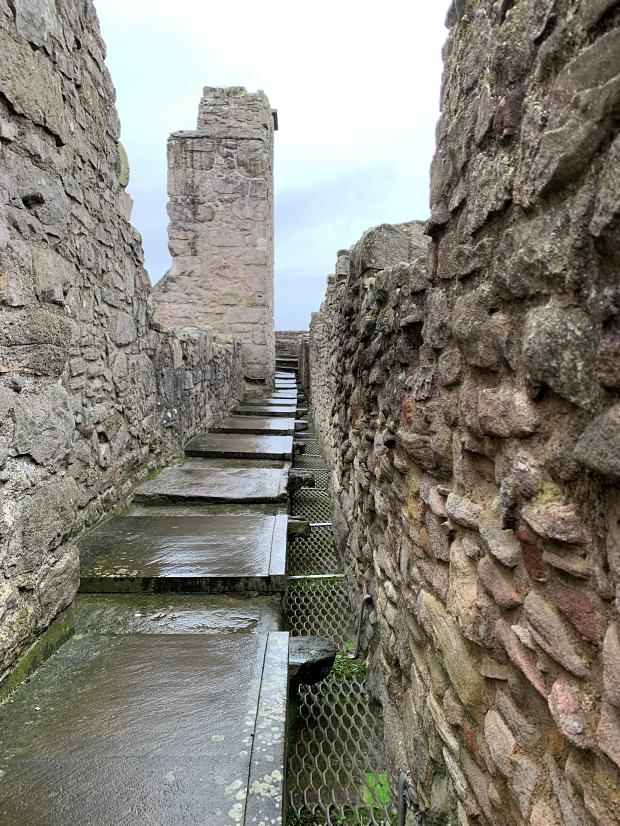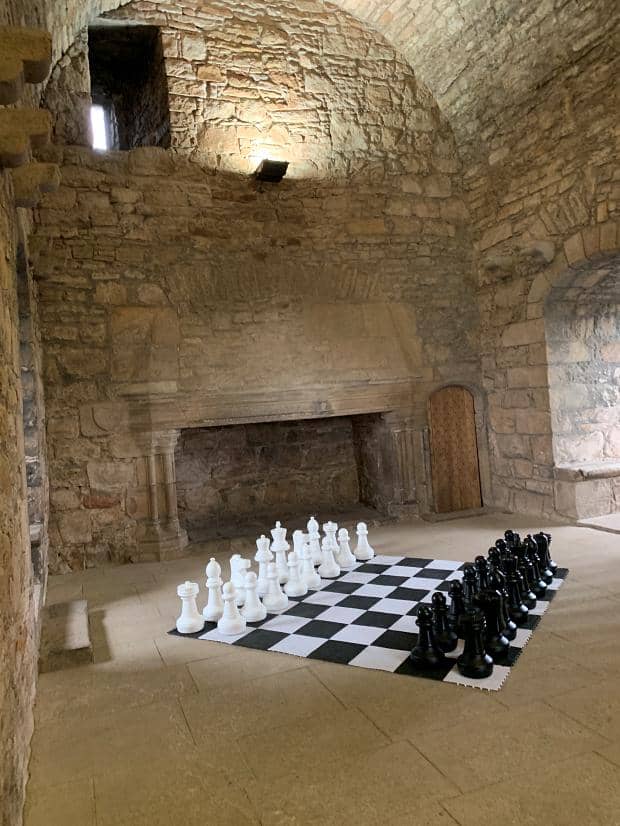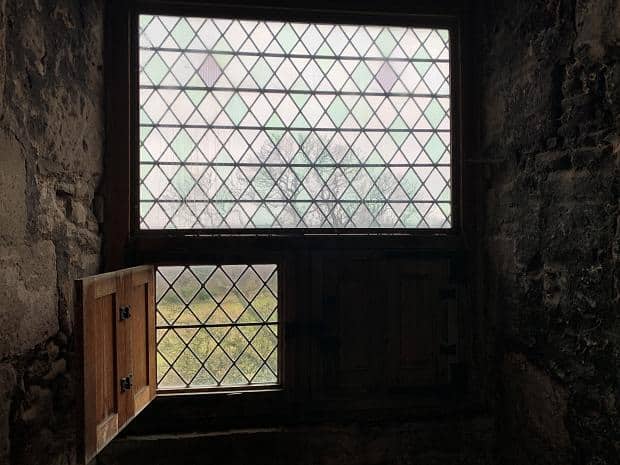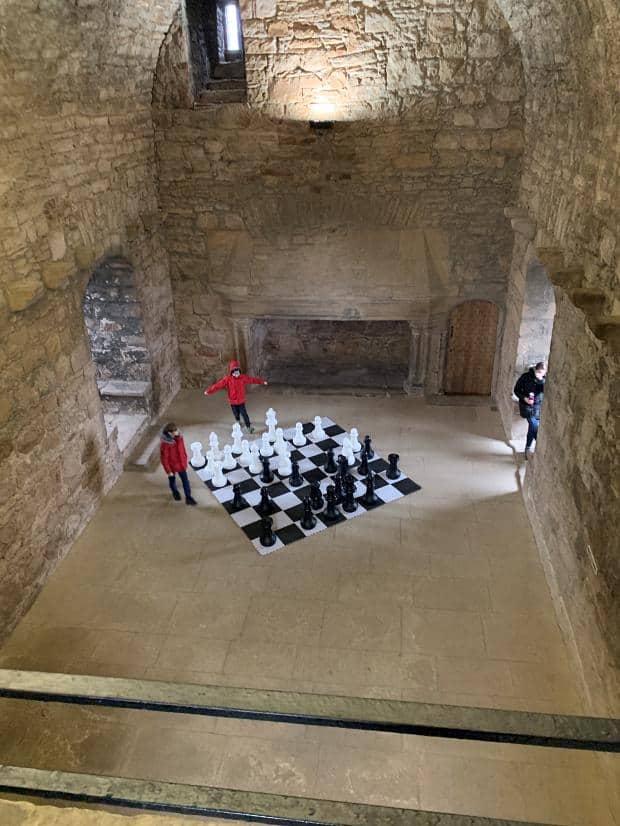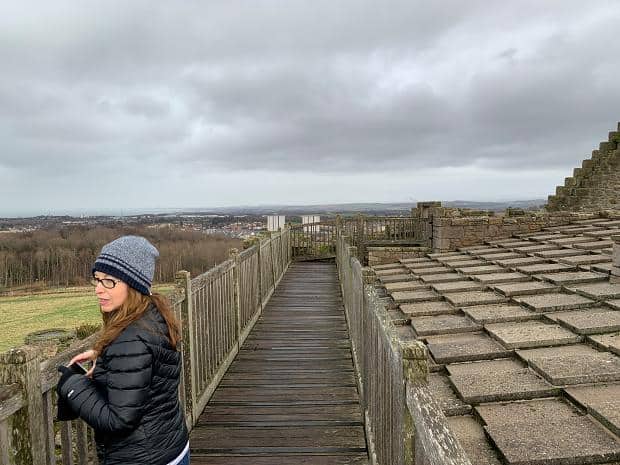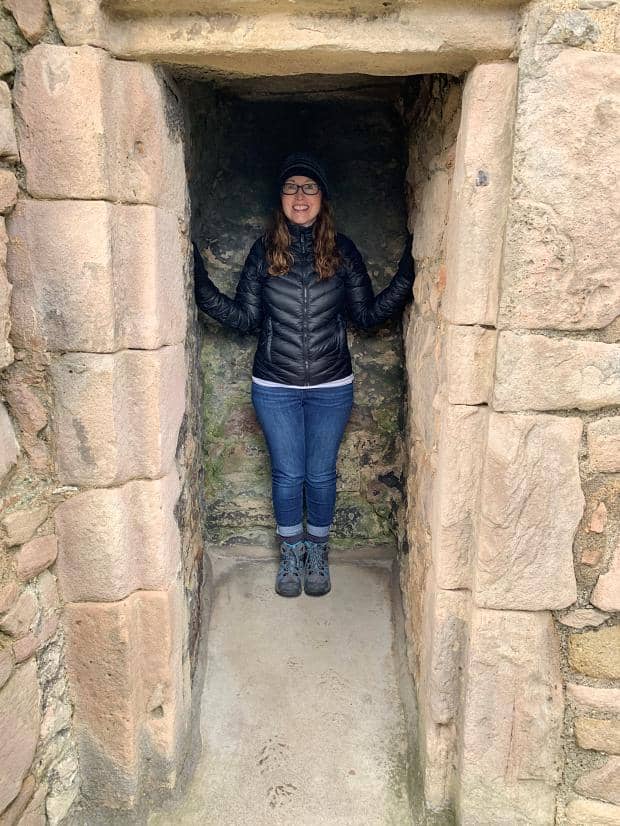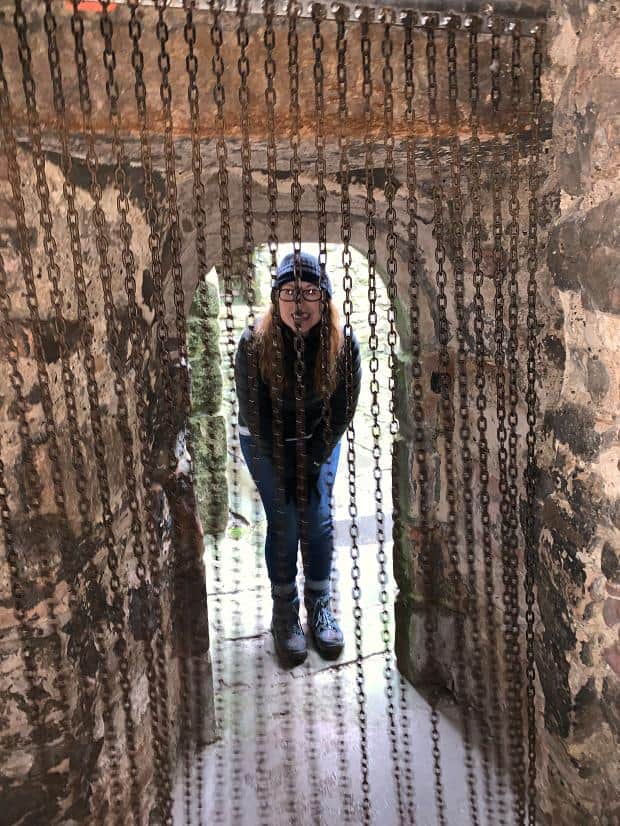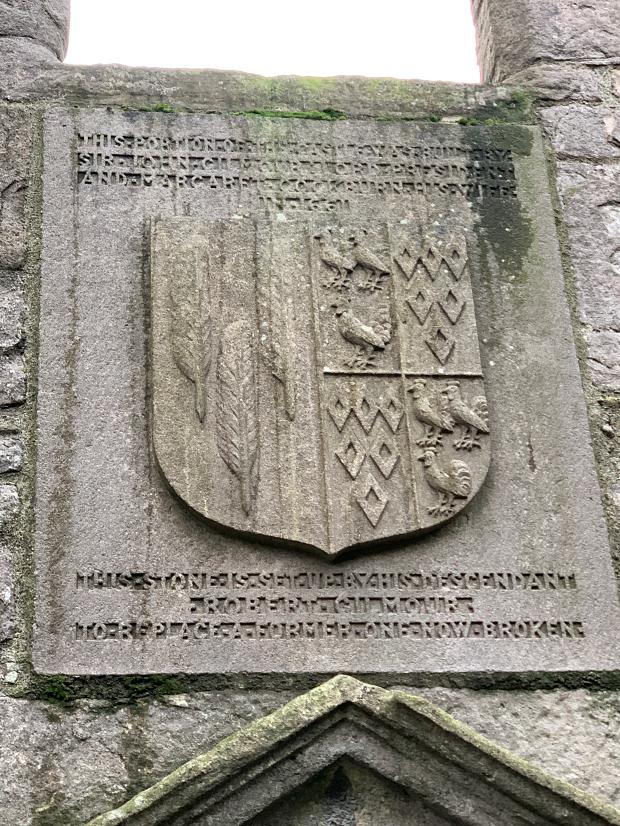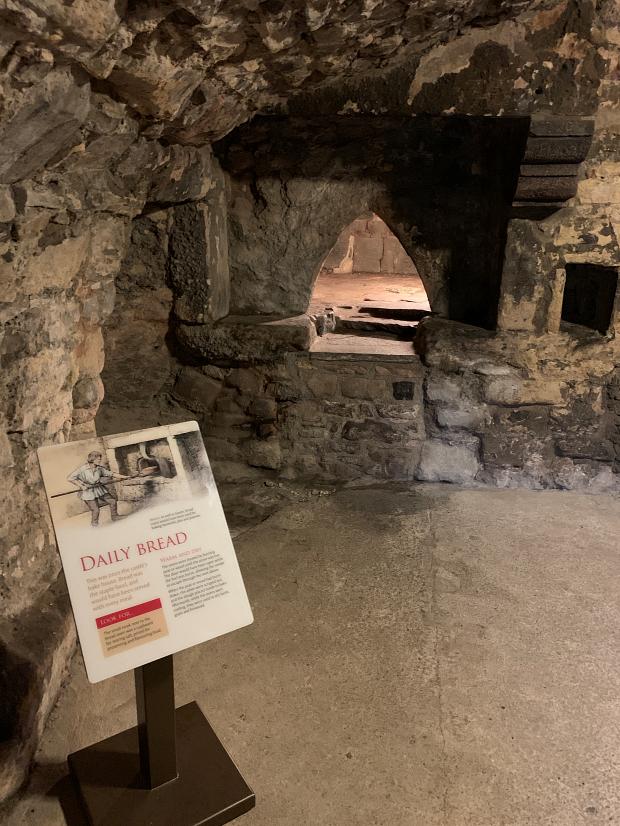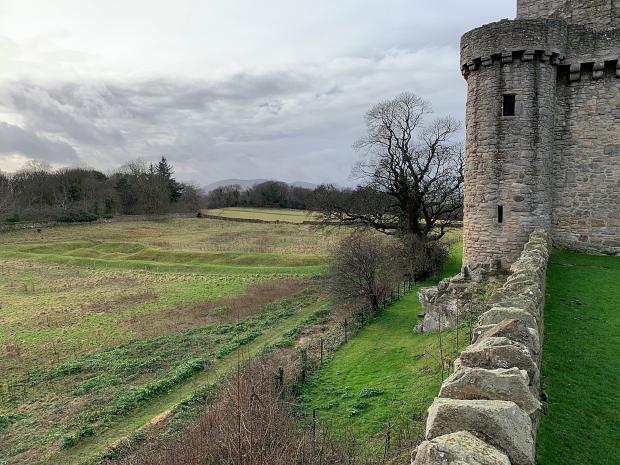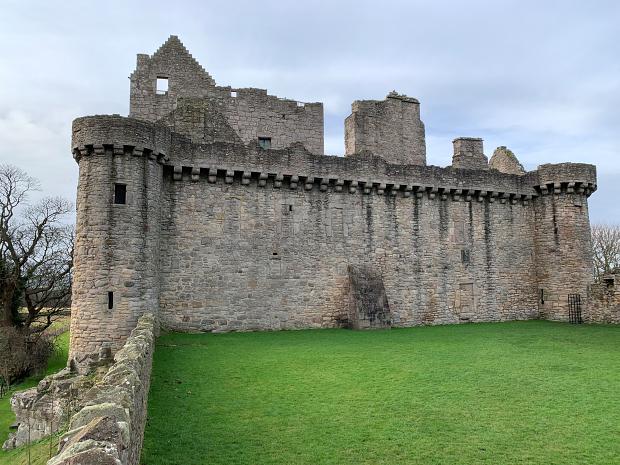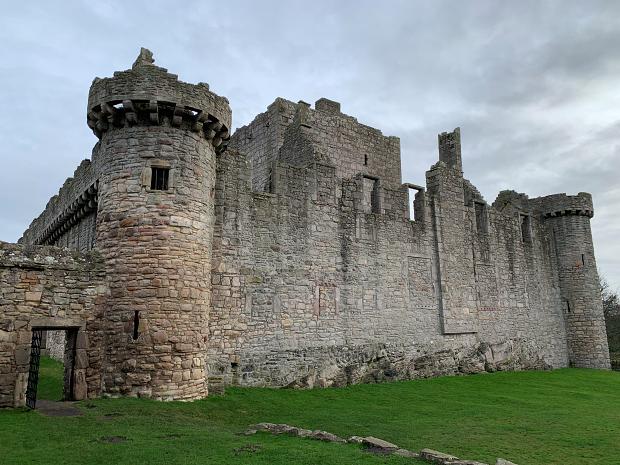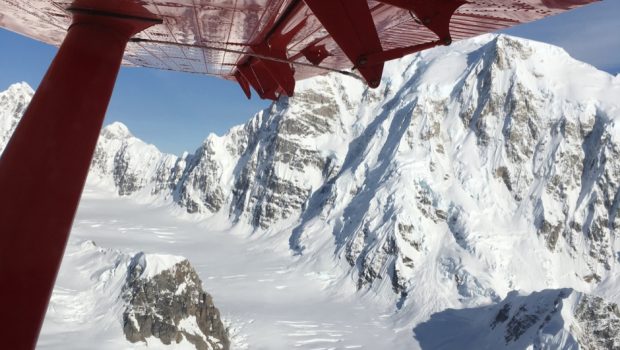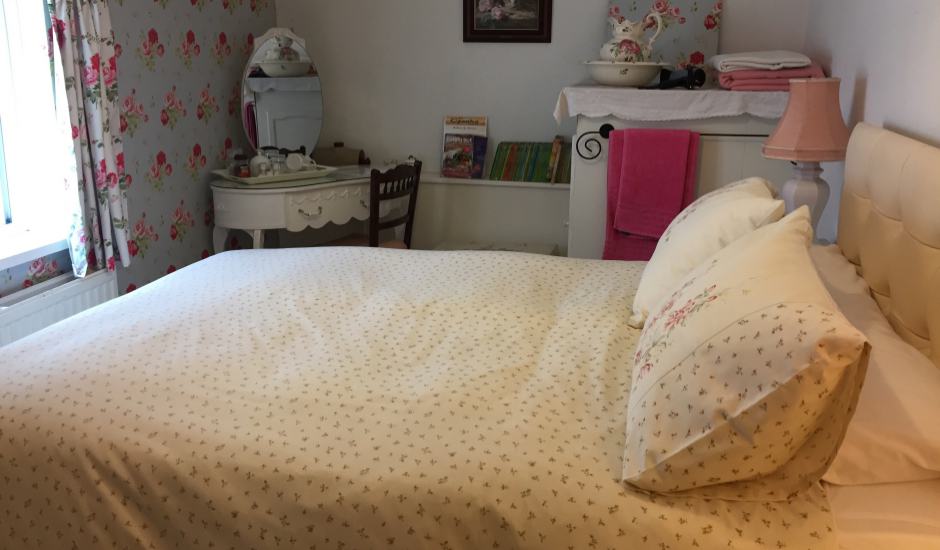So what do you do if you’ve exhausted the sights of Edinburgh proper and don’t want to do a full day trip to the surrounds? A half day trip closer to town would suffice – maybe involving a walk or some history or both. Here are a few ideas…
Balerno to Leith Walk
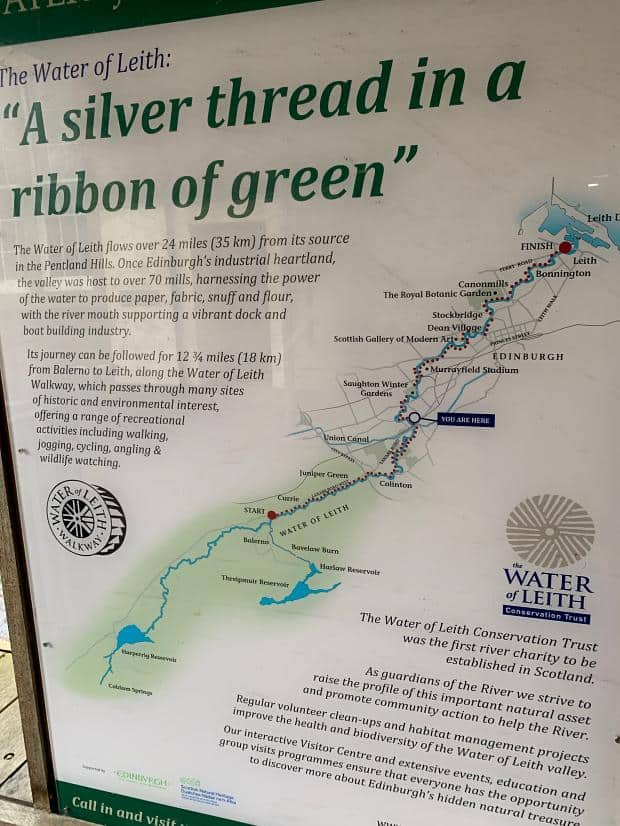
Balerno is a village on the outskirts of Edinburgh and the beginning of an eight mile path following the Waters of Leith until it empties into the sea at the Port of Leith. Best option is to take a bus out to the starting point and then follow the signposts. It’s a nice walk: very flat, and starting with gentle wilderness and becoming more and more urban as you get closer to town.
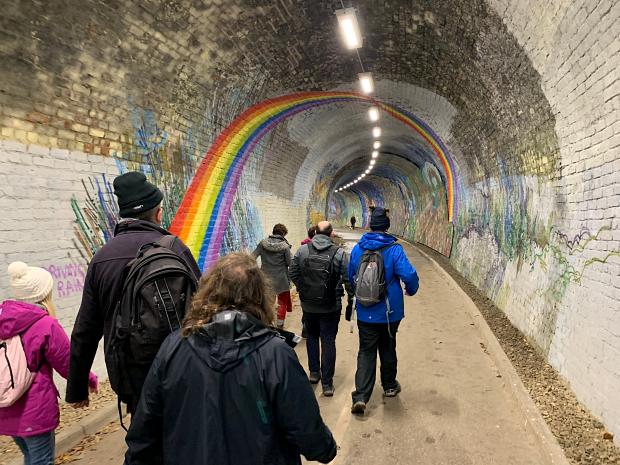

The highlights include the Colinton Tunnel – a disused rail tunnel which now hosts the biggest mural in Scotland; Slateford Aqueduct, where an elevated waterway crosses the Waters of Leith at right angles and, further along between Stockbridge and Dean Village, statues embedded in the river by Antony Gormley.
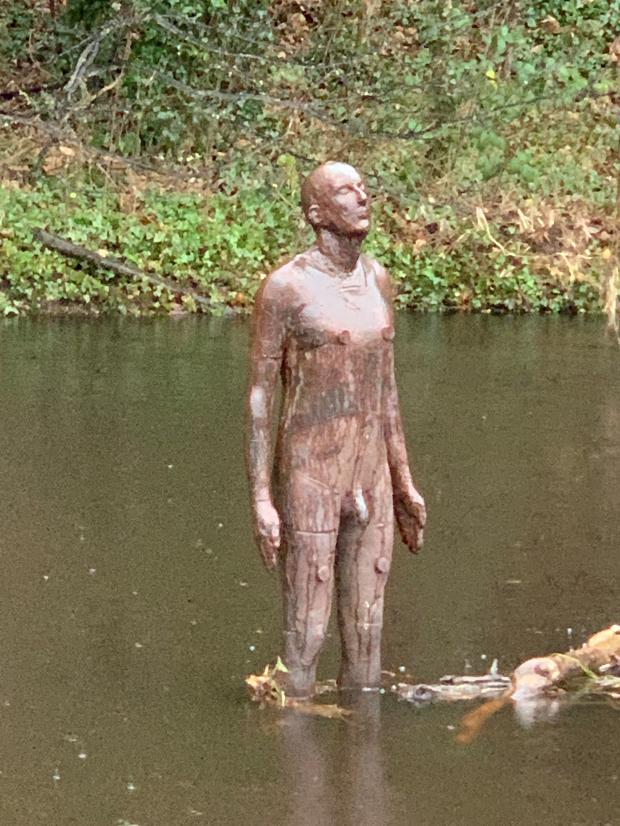
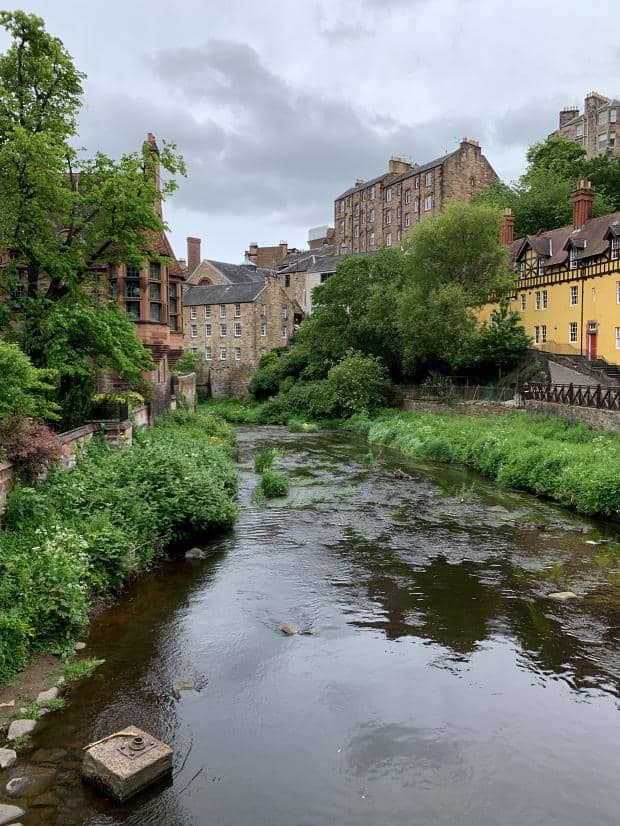
Cramond and Lauriston Castle
A brief bus trip away from Edinburgh itself allows you to visit an island attached by a promontory accessible only at low tide. Read all about it here.
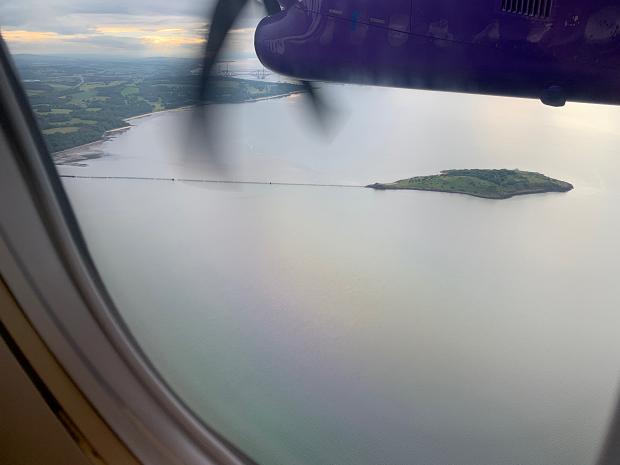
Linlithgow Medieval Weekend
Periodically the nearish Linlithgow Castle hosts a Medieval weekend with jousting, falconry and other entertainment. It’s great for the whole family.
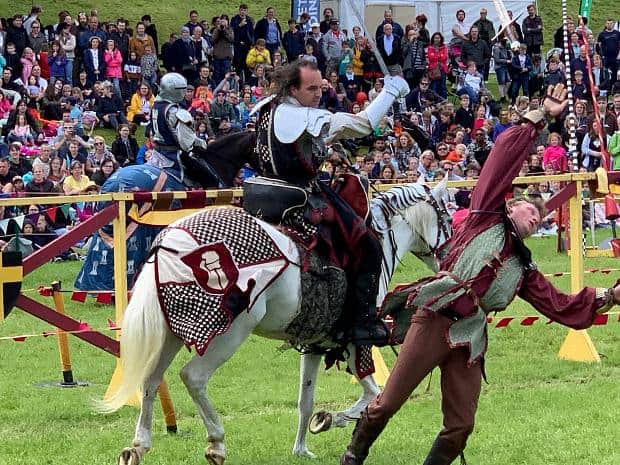
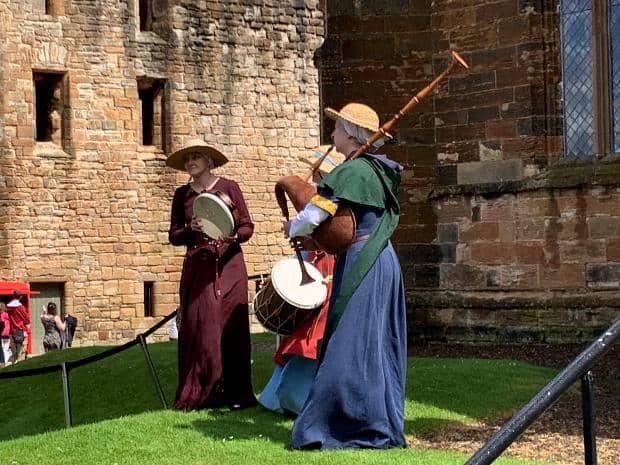

Cramond to Queensferry
If you feel like a gentle six mile flat walk along the beach, you could do worse than taking the 43 bus from downtown Edinburgh to Cramond Brig, and then following the paths through the Dalmeny Estate until it terminates under the mighty red rail bridge spanning the Forth of Firth.
After crossing the road and following GoogleMaps’ directions through a pub carpark, we headed down a quaint country lane to the start of the Estate.
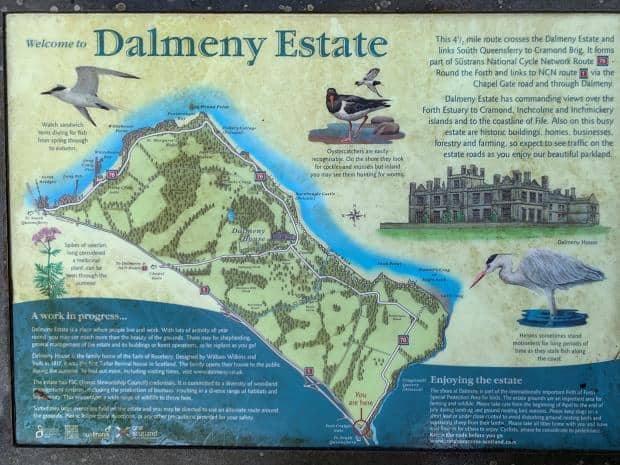
The first stretch of the stroll was along a country lane, periodically seeing fellow walkers, their dogs and cyclists.
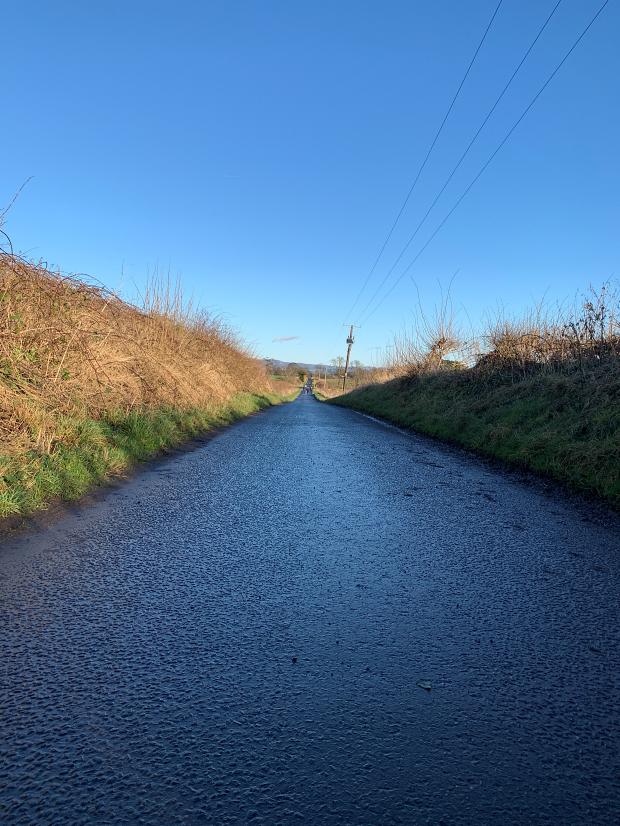
Before too long the paved road took a left hand turn, parallel to the beach a few hundred metres straight ahead. We could have turned left also but figured the path along the beach would be more picturesque.
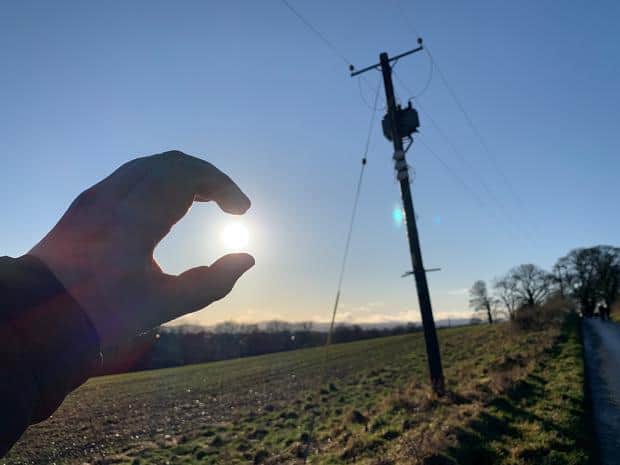
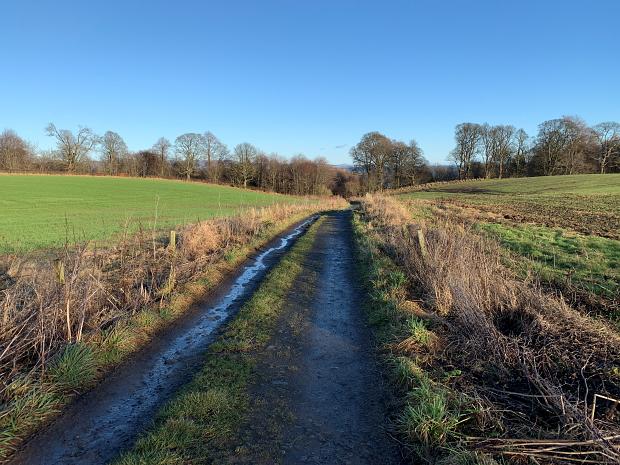
The path was sturdy enough, never quite deteriorating into muddiness, and the farmland on either side turned from farmland to a wispy forest, before the John Muir path turned right and we went straight to see the beach.
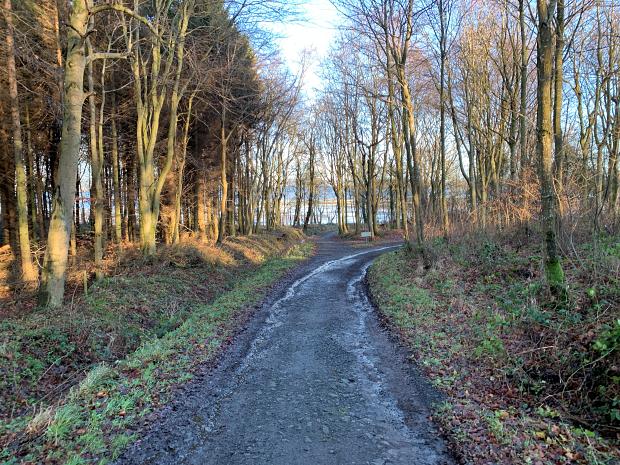
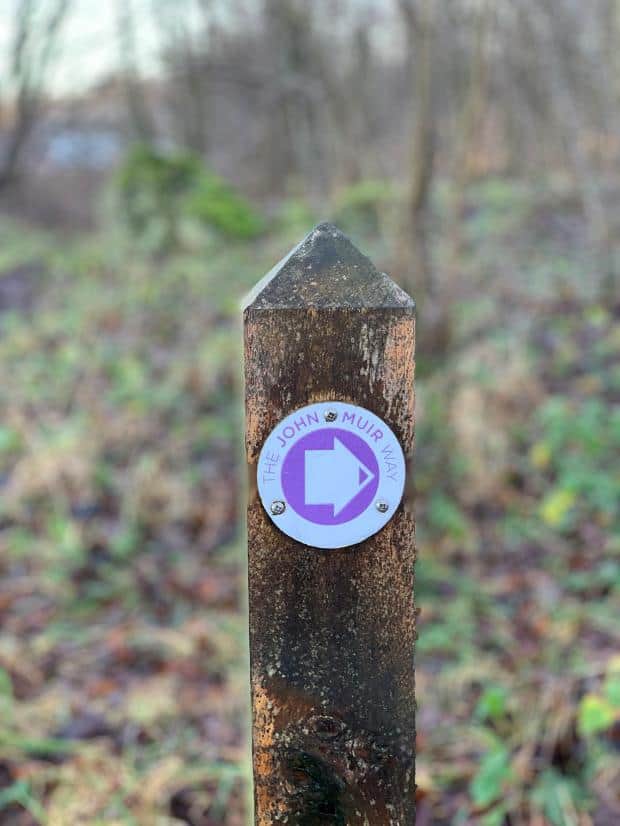
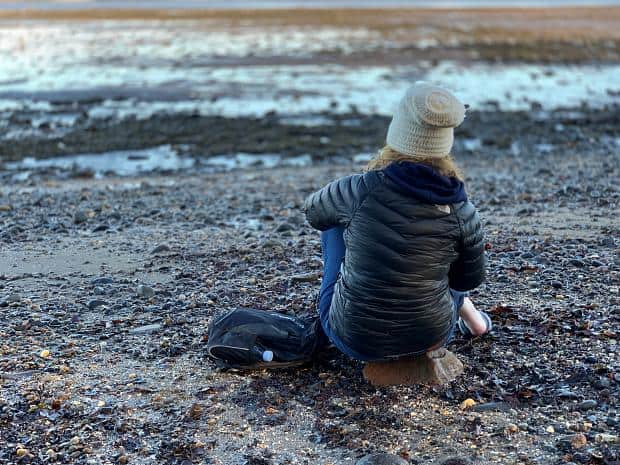
Ange took the opportunity to put some plasters on to stop the new-shoe blisters that were forming and we looked out over the mud flats towards Cramond Island. The concrete ‘teeth’ that aligned the path to the island standing proud at low tide. It was a lot less blustery than it had been on the day we’d gone out there.

We headed along the beach to the Roman Eagle Rock to discover a plaque indicating that the carving in the stone may not have been Roman and may not indeed have been an eagle. Bummer!
The path headed a little inland around headlands, still following the coastline, before splitting into two: one path heading further inland and the other heading down to a number of cottages looking out over the beach.
We meandered down onto the beach and noticed someone had set up a shed on the edge of the yard behind the cottages so that a writer or painter could gaze through the windows over the Firth and be inspired by the views.
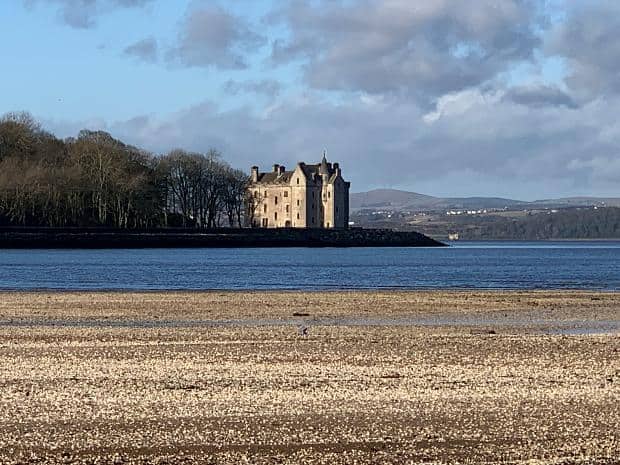
Not wanting to impose, we made our way out onto the beach which had widened to a large expanse of sandy shore. In the distance was Barnbougle Castle and so we headed across the sand to get a nice shot of it across the beach.
We hadn’t noticed but between us and the Castle was a stream, gurgling rapidly out of the farmlands inland to join the Firth. We weren’t sure of it’s depth so followed it a little ways up stream to see if there was a ford or bridge nearby. A quick look at GoogleMaps indicated we’d have to go some ways inland to cross it, so I put Ange on my shoulders and forded the stream closer to where it reached the sea.
The raging torrent buffeted my ankles and briefly tipped a little freezing water into my boots, but we managed to get to the other side safely enough. By the time we reached the bank at the edge of the beach my feet had warmed the wet socks back up to body temperature.
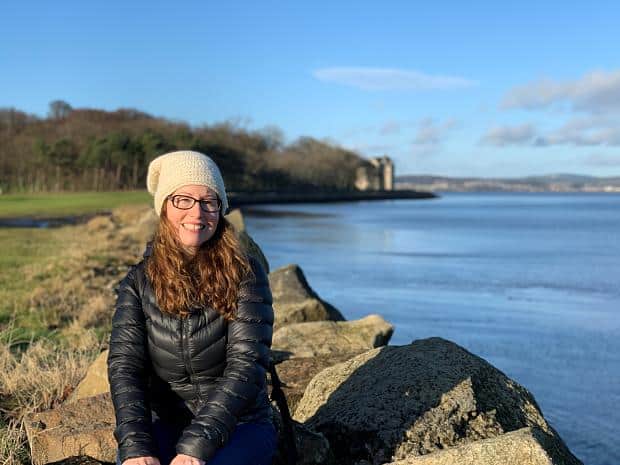
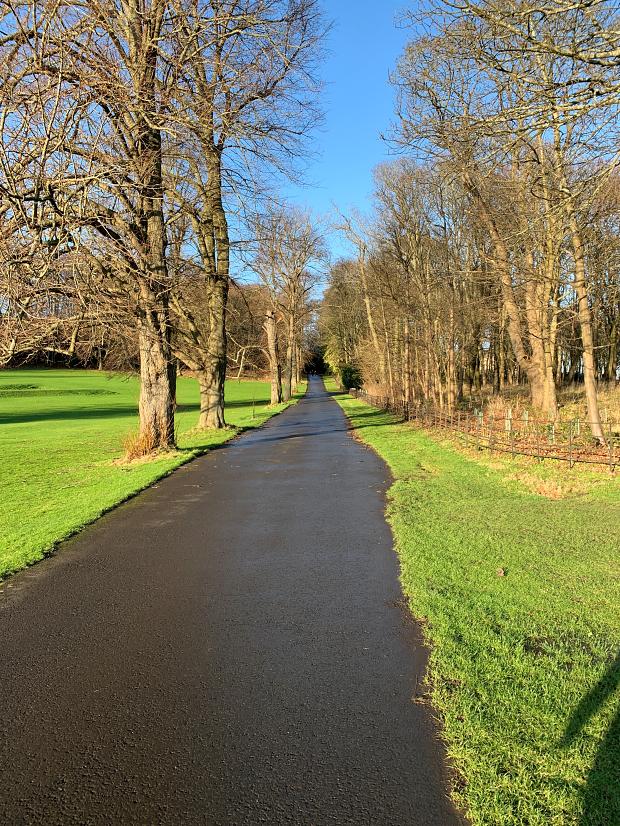
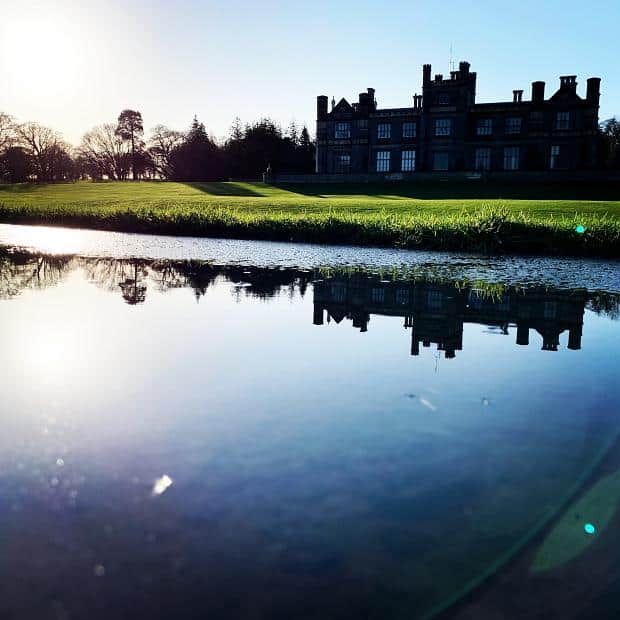
We clambered up the bank to rejoin the path, marvelling at the well kept lawns before realising that they were in fact part of a golf course. We paused for a while to take some shots of Dalmeny House, a stately home a little incongruous in the middle of the fairways like some sort of obstacle to be navigated around by the weekend golfers.
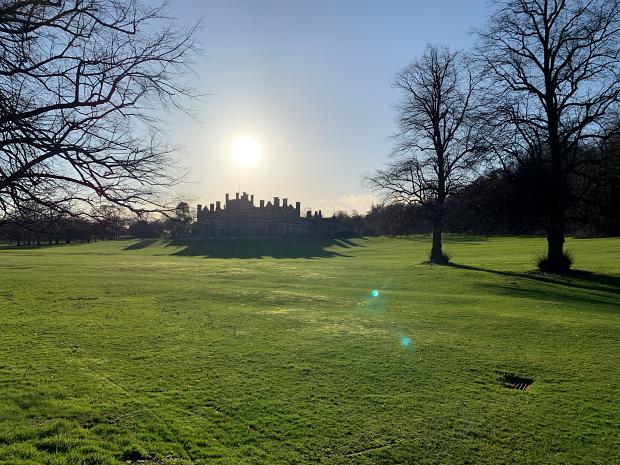
The path continued a hundred metres or so from the beach, becoming more and more divorced from it. No longer joined to the beach by frequent branchings allowing walkers to keep in contact with the sandy expanse, the walk became a more insular affair: more targeted on getting from one place to the other.
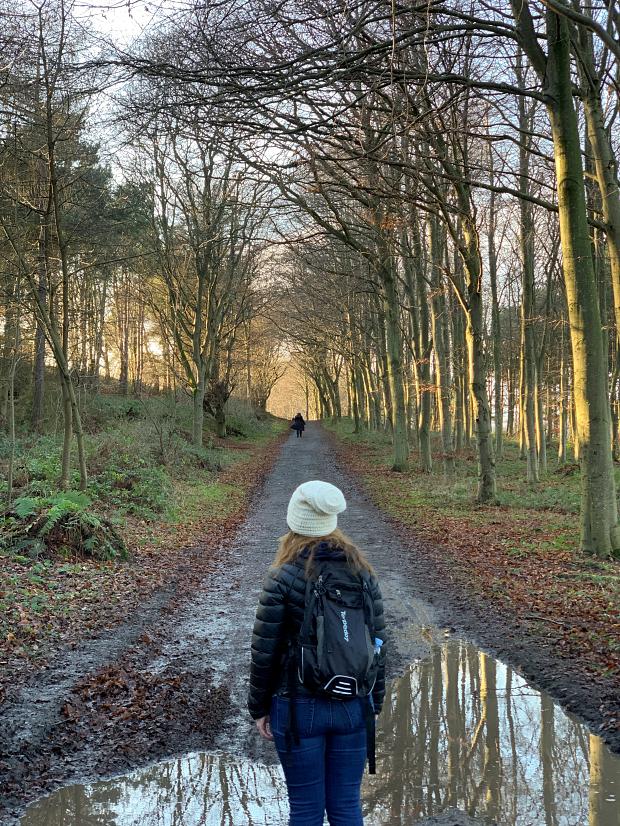
As we got further away from the beach the woods become closer to the path on both sides, the denuded branches forlornly reaching out to the sky and enclosing the path as if to drag it under the dirt. With the winter sun already thinking about setting, the shadows of the hills contrasted nicely with the light on the trees in the distance.
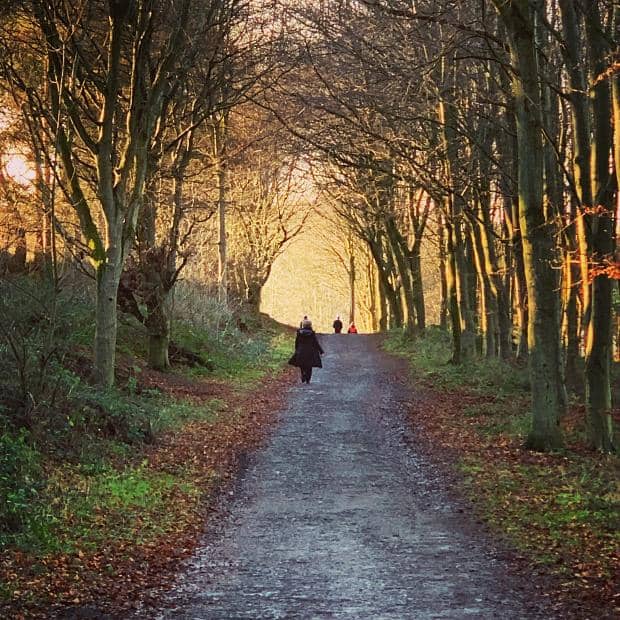
We’d been walking a fair way by now and I was really looking forward to some lunch from one or other of the restaurants in Queensferry. But the path just went on and on. Fellow walkers, cyclists and dog walkers increased in frequency, indicating that we were close enough to the end to be encountering those entering the Estates from the Queensferry end.
The terrain changed still further, becoming more forested with more evergreen trees and the green underbrush was pierced by a waterfall and streams making their way to the Firth.
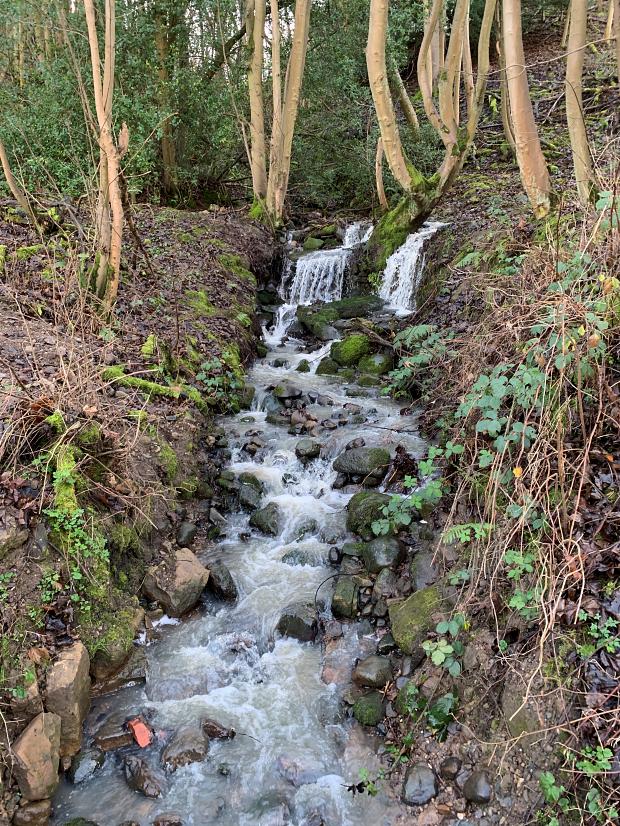
And then through the trees but getting larger and clearer appeared the bridges across the Firth – the closest, red one for rail traffic, and the other two in the distance being for road transport. After passing under the rail bridge we found ourselves in the beginnings of Queensferry, and set about trying to find a restaurant which could fit us in. On a Sunday… for lunch.
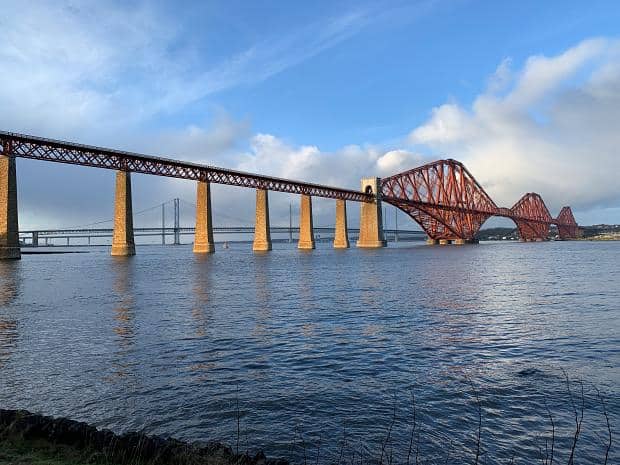
We eventually found a restaurant who didn’t smirk when told that we didn’t have a reservation, and settled down to a well deserved fish and chip meal. The exercise didnt quite end there – we still had to climb the hill to get to the train station for the quick trip home. Well worth the effort though!
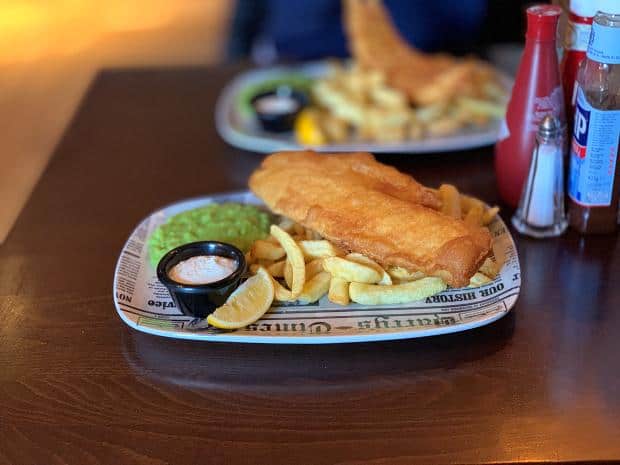
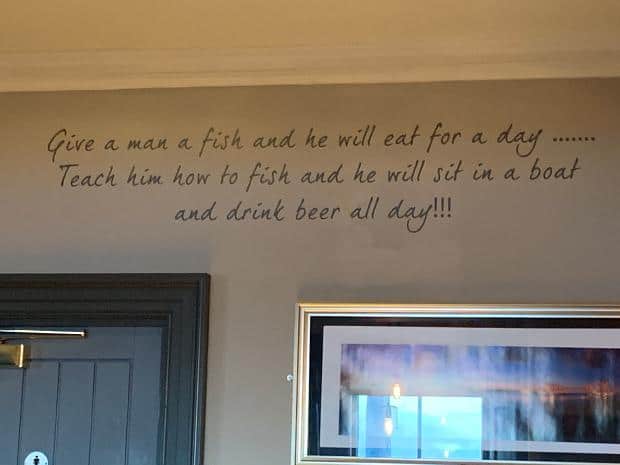
Craigmillar Castle
Only an hour’s walk from the centre of Edinburgh, Craigmillar is a well preserved ruin with an impressive history. At only £6 each to get in, it’s well worth the trip out there. Here are some photos of our trip out there on a surprisingly mild winter’s day.
